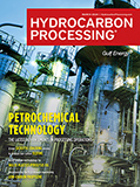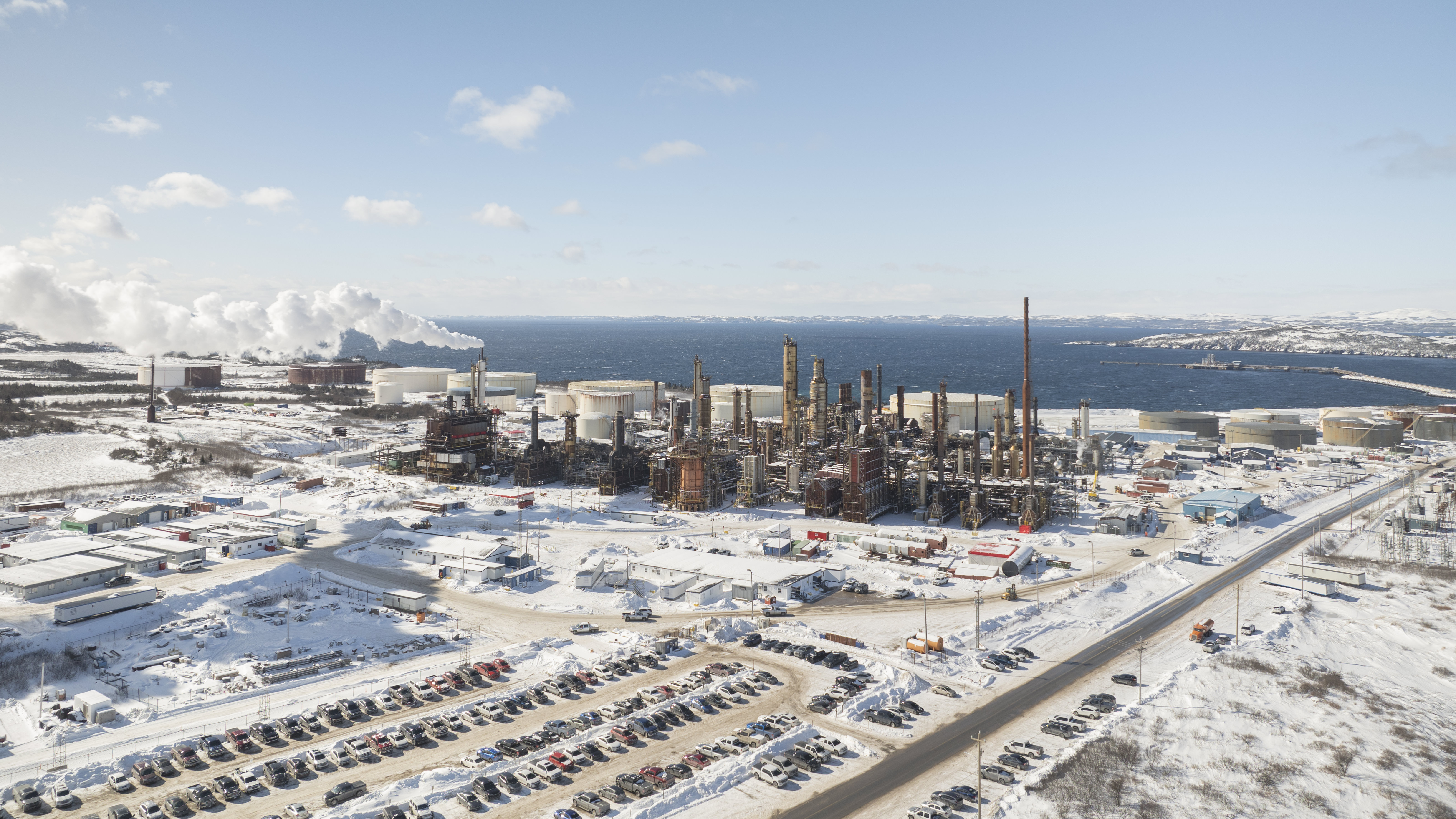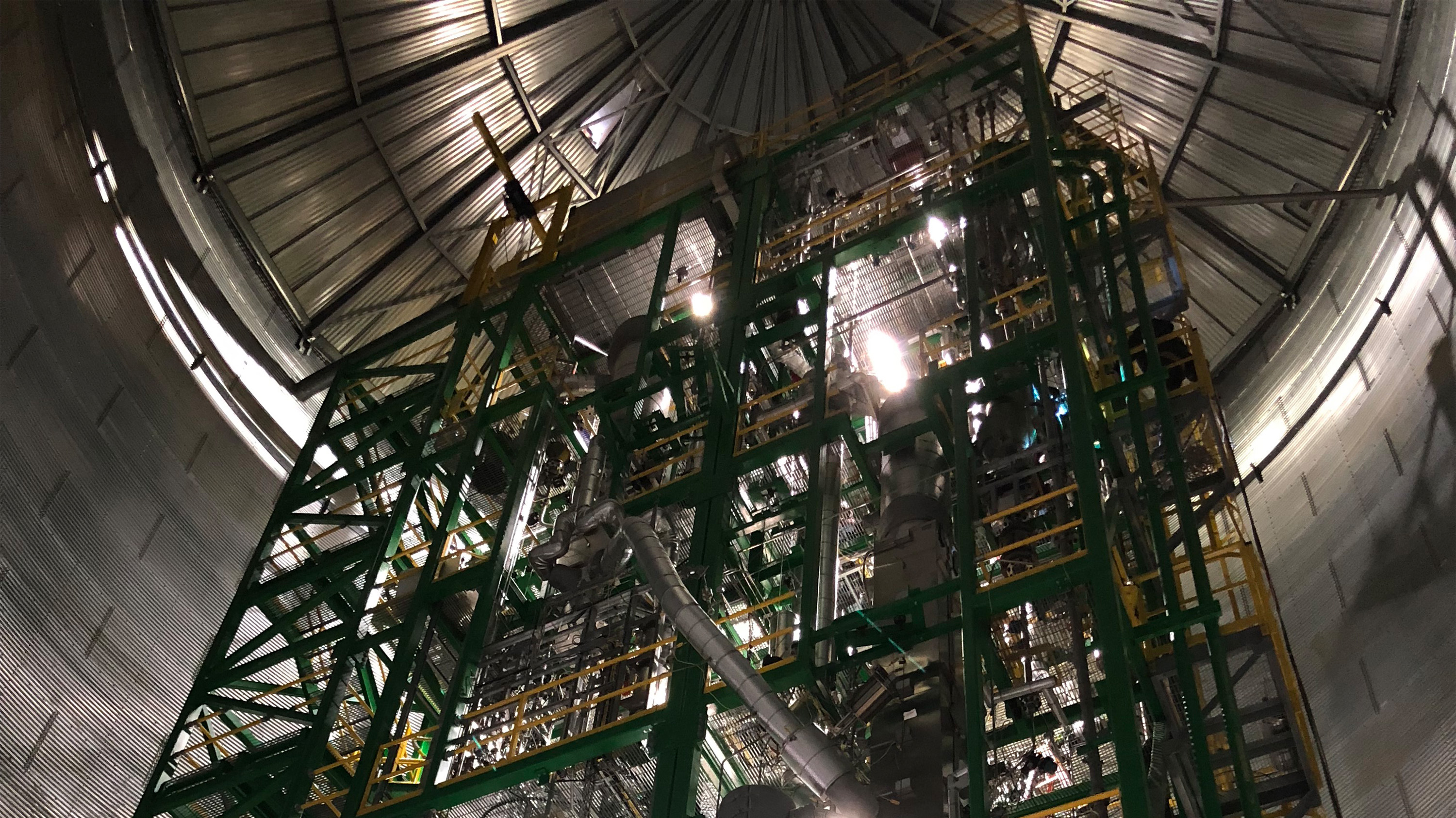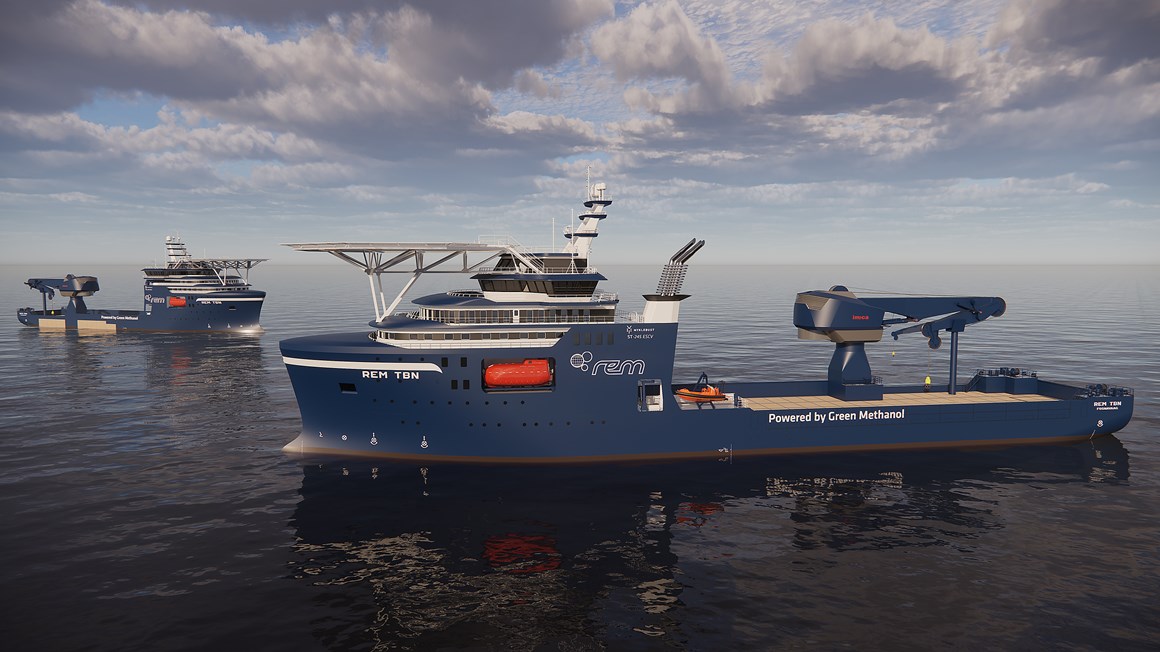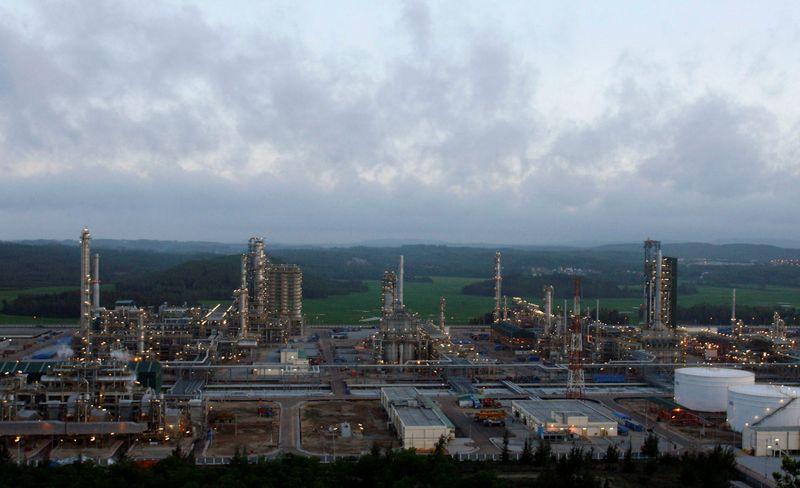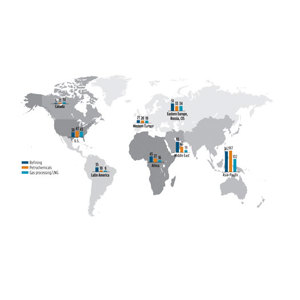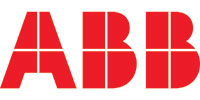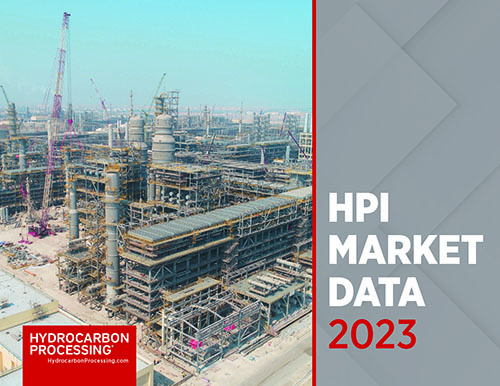Mobile Source Air Toxics (MSAT) II regulations restrict the average benzene level in gasoline sold in the U.S. to 0.62 vol%. In India and in several other countries, benzene in gasoline is presently restricted to 1 vol%. Fluid catalytic cracking (FCC) gasoline contributes to nearly 10%–20% of the gasoline pool in a typical refinery.
As the global energy system continues to be threatened by geopolitical tensions, the refining industry continues to demonstrate an outstanding capacity for adaptation.
The global chemical industry faced a challenging year in 2023. Various factors contributed to sluggish demand growth for chemicals globally, including the European recession, U.S. inflation and a lower-than-expected chemical demand rebound in China. These factors resulted in global chemical market growth of < 1% in 2023, with many producers experiencing lower output.
Today, the world produces twice as much plastic waste as it did two decades ago, with the majority ending up in landfills, being incinerated or leaking into the environment.
Polyolefins products such as high-density polyethylene (HDPE), linear low-density polyethylene (LLDPE), low-density polyethylene (LDPE) and polypropylene (PP) form approximately 65%–70% of all polymers manufactured globally.
The authors’ company has developed a commercial chemical processa for the oxidative dehydrogenation of ethane (ODH-E). By means of a heterogeneous catalyst, ethane and oxygen are selectively converted into ethylene and acetic acid, which, after separation and purification, are provided in polymer-grade and glacial quality, respectively.
& Gas Prices
Click here to learn more about Global Energy Infrastructure.
For additional downstream construction project data, visit Global Energy Infrastructure.
| Project: | Long Son Petrochemicals Complex |
| Location: | Long Son, Vietnam |
| Operator: | Siam Cement Group |
| Cost: | $5.4 B |
| Capacity: | 1.65 MMtpy |
| Completion date: | completionDate |
| Status: | Under Construction |
| Project: | Huizhou Petrochemical Complex |
| Location: | Huizhou, China |
| Operator: | ExxonMobil |
| Cost: | $10 B |
| Capacity: | 1.6 MMtpy |
| Completion date: | completionDate |
| Status: | Under construction |
| Project: | Visakh Refinery |
| Location: | Visakhapatnam, India |
| Operator: | Hindustan Petroleum Corp. Ltd. |
| Cost: | $3.1 B |
| Capacity: | 134,000 bpd |
| Completion date: | completionDate |
| Status: | Under Construction |
| Project: | LyondellBasell PO/TBA Complex |
| Location: | Channelview, Texas (U.S.) |
| Operator: | LyondellBasell |
| Cost: | $2.4 B |
| Capacity: | 1.47 MMtpy |
| Completion date: | completionDate |
| Status: | Under Construction |
Discover how several global impacts—such as Russia’s war in Ukraine, supply chain crises and inflation—have and will impact spending and business activity in the global petrochemicals, refining and natural gas/LNG industries. HPI MARKET DATA 2023 is the processing industry’s most trusted forecast of capital, maintenance and operating expenditures.
This handbook-type industry reference source is produced by the staff of Hydrocarbon Processing. It contains flow diagrams and descriptions of more than 170 commercially viable gas processing processes from 25 licensors. Included are drying, treating, dehydrogenation, effluent cleanup, hydrogen, liquefied natural gas, syngas, sulfur, liquid treating, etc. Each process description includes a flow diagram as well as application, economics and licensor information. The processes are indexed by process and contributing company.
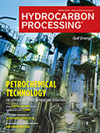
- HxGN LIVE Global 2023: Optimization at scale 6/14
- IRPC 2022: Combining incremental crude processing and enhanced residue upgradation at low cost 9/26
- IRPC 2022: Tackling the dual challenge through AI enabled advanced control 9/26
- IRPC 2022: Solution for safe, reliable, process measurements 9/26
- U.S. Energy Secretary supports industry partnerships, energy transition 3/11
- CERAWeek: Digitalization is key in industry pursuit of net-zero 3/11


